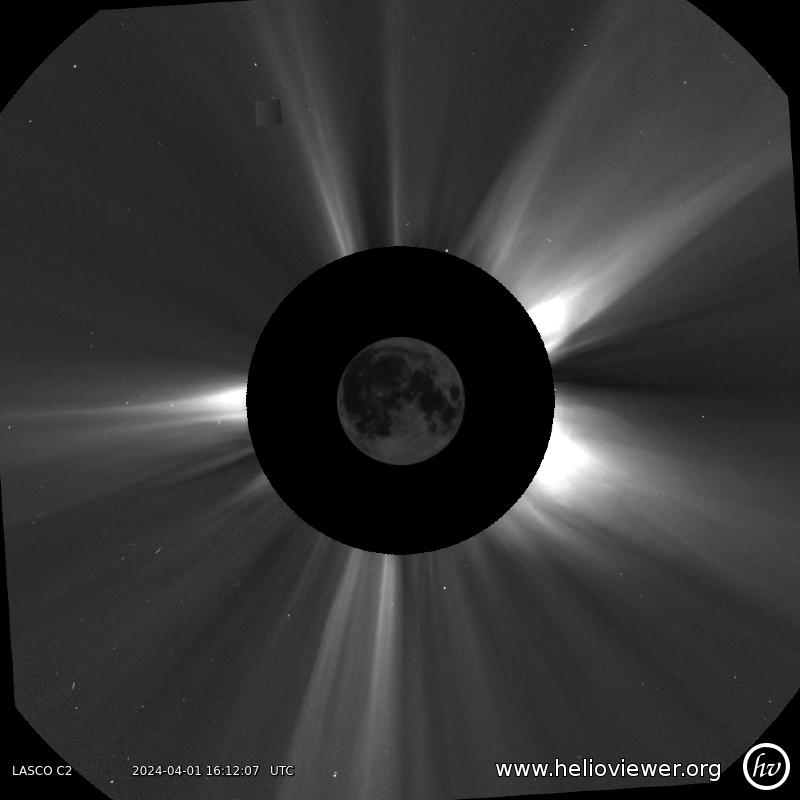2024-04-01 カリフォルニア工科大学(Caltech)
<関連情報>
- https://www.caltech.edu/about/news/ai-improves-monsoon-rainfall-predictions
- https://www.pnas.org/doi/10.1073/pnas.2312573121
南アジアのモンスーン降雨の降水量予測に、データ駆動型の振動モード予測を導入 Improved subseasonal prediction of South Asian monsoon rainfall using data-driven forecasts of oscillatory modes
Eviatar Bach , V. Krishnamurthy , Safa Mote , +3, and Michael Ghil
Proceedings of the National Academy of Sciences Published:April 1, 2024
DOI:https://doi.org/10.1073/pnas.2312573121

Significance
The South Asian monsoon affects more than a billion people in the Indian subcontinent. The monsoon intraseasonal oscillation (MISO) determines the spatial structure of the monsoon rainfall on subseasonal timescales, and its accurate prediction is therefore key for agricultural and hydrological planning. Here, we combine data-driven forecasts of MISO with an ensemble of dynamical forecasts of the full system, leveraging the predictability of MISO to improve monsoon forecasts. Our results show significant improvement compared to state-of-the-art dynamical model forecasts, demonstrating the potential of data-driven forecasts to improve subseasonal monsoon prediction.
Abstract
Predicting the temporal and spatial patterns of South Asian monsoon rainfall within a season is of critical importance due to its impact on agriculture, water availability, and flooding. The monsoon intraseasonal oscillation (MISO) is a robust northward-propagating mode that determines the active and break phases of the monsoon and much of the regional distribution of rainfall. However, dynamical atmospheric forecast models predict this mode poorly. Data-driven methods for MISO prediction have shown more skill, but only predict the portion of the rainfall corresponding to MISO rather than the full rainfall signal. Here, we combine state-of-the-art ensemble precipitation forecasts from a high-resolution atmospheric model with data-driven forecasts of MISO. The ensemble members of the detailed atmospheric model are projected onto a lower-dimensional subspace corresponding to the MISO dynamics and are then weighted according to their distance from the data-driven MISO forecast in this subspace. We thereby achieve improvements in rainfall forecasts over India, as well as the broader monsoon region, at 10- to 30-d lead times, an interval that is generally considered to be a predictability gap. The temporal correlation of rainfall forecasts is improved by up to 0.28 in this time range. Our results demonstrate the potential of leveraging the predictability of intraseasonal oscillations to improve extended-range forecasts; more generally, they point toward a future of combining dynamical and data-driven forecasts for Earth system prediction.



